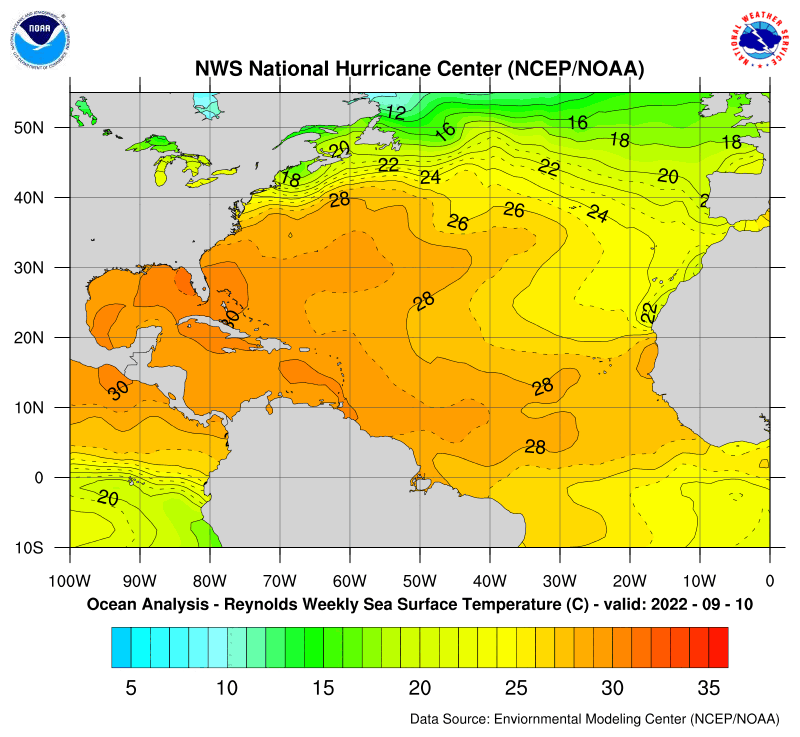#979 Postby Andrew92 » Sat Sep 21, 2013 1:06 am
The following post is NOT an official forecast and should not be used as such. It is just the opinion of the poster and may or may not be backed by sound meteorological data. It is NOT endorsed by any professional institution or storm2k.org. For official information, please refer to the NHC and NWS products.
This isn't an El Nino, as sea surface temperature anomalies in the equatorial Pacific are cooler than normal if anything. However, I have another one of my (in)famous statistical analyses for why I think 2013 has been less active from an El Nino perspective.
I have however noticed one thing when there is a long drought between traditional El Nino episodes. I have gone over and over about how the second hurricane season after the episode subsides that a major hurricane usually hits the US somewhere. However, what happens after such year passes with no El Nino? Well I'm not really sure why this is, but seasons turn a little less quiet until the next El Nino passes. What's more, between that second year after an El Nino and the next one, the US tends to be spared big storms. In fact, there have been eight hurricane seasons in the satellite era that have fit this bill, between a second year after El Nino, and before the next one. Only three of them featured any hurricanes hit the US at all. One of them was 1971 which featured three, but all of them were barely hurricanes upon reaching the coast. The others are 1961 and 1975. All of the other five years - 1962, 1981, 1990, 2000, and 2001 - did not see a single hurricane reach the US. I mentioned in another topic that 2012 may have been what I am dubbing as an "accelerated" El Nino, where water temperatures in the equatorial Pacific spiked early on, only to cool down rapidly before the heart of the season, perhaps making things favorable for a big storm like Sandy to reach the US.
I have to study a little more about what went on in 1961, but I have come up with a theory on why a major hurricane was able to reach the coast in 1975 going on my whole El Nino thing. I won't mention it in this post for a couple of reasons: first it gets to be going off of this main topic, and second the theory I have involves a very miniscule sample size that should be taken with a huge grain of salt. I will say this for 2013, that it does not meet the same criteria I have in mind for 1975.
Wow, I've gone off a quite a lot. However, it does all have a point to this year. This is a year that is before our next El Nino, and after the favorable year for the US to take a serious hurricane hit. On top of it, as mentioned, those types of hurricane seasons often see fewer quality storms. Many times in these years, we reach double digits for named storms, but so many are short-lived and weak with only a few becoming really decent hurricanes, if any. Some say that 1990, 2000, and 2001 are more active seasons, and would be partially correct. However, only one storm out of 14 in 1990 became a major hurricane briefly, and the MDR storms in 2000 and 2001 by and large weakened as they went west and only really got going north of the Tropic of Cancer. Some have mentioned that El Nino is needed to moisten the air. I am unsure of this but it would not entirely surprise me either as in some of the more recent hurricane seasons I notice the EPAC is also quiet from a quality perspective too. 1981 saw 15 storms form in that basin but only one became a major; 2000 featured 17 storms in the EPAC but only six became hurricanes of any type; 2001 had 15 storms with only two becoming majors. As such, the EPAC has also seen less than stellar activity this year either, with 13 storms so far and no majors.
In short, we all know that El Nino does make for a brief quiet spell in the Atlantic in terms of tropical activity. But without this phenomenon every so often, energy for these storms to sustain probably just runs out in both the Atlantic and the EPAC. With no El Nino currently in place, I am conjecturing that is what is going on this year, and it may take an El Nino to bring back the energy needed for storms to form in these two basins later on down the road.
-Andrew92
0 likes
















